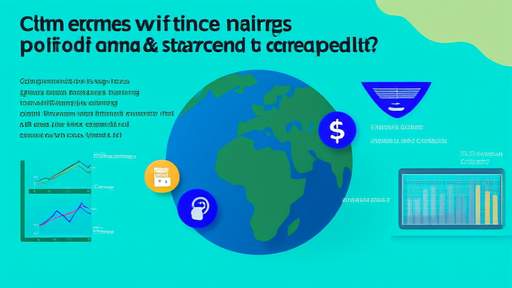The world of professional sports has evolved into a multi-billion-dollar industry where clubs are no longer just teams but complex business entities. Among the most critical yet often misunderstood aspects of modern club operations is the treatment of intangible assets in acquisitions. Player registrations, branding rights, and even social media followings now carry significant monetary value, and how these assets are amortized can have profound implications for a club’s financial health.
When a sports club is acquired, the purchase price is typically allocated across tangible and intangible assets. While stadiums, training facilities, and equipment are straightforward to value, intangible assets like player contracts, scouting networks, and commercial partnerships require more nuanced accounting. The amortization of these assets—spreading their cost over their useful life—becomes a key factor in financial reporting and compliance with accounting standards such as IFRS or GAAP.
Player registrations and contracts often represent the largest intangible asset in a sports club acquisition. Unlike traditional businesses, where goodwill dominates, football or basketball clubs derive substantial value from their squad. The accounting treatment of player contracts varies depending on jurisdiction, but most frameworks require clubs to amortize these assets over the duration of the contract. This approach aligns costs with the period in which the player contributes to the team’s performance.
However, complications arise when a player is sold before their contract expires. The remaining unamortized value must be written off, potentially leading to sudden financial swings. Clubs with robust academies or shrewd transfer policies can mitigate these risks by ensuring a pipeline of talent that balances amortization expenses with transfer income. The recent trend of younger player acquisitions reflects this strategy, as longer contracts allow for smoother amortization schedules.
Brand value and commercial rights constitute another major intangible asset category. A club’s history, trophies, and global fanbase translate into merchandising revenue, sponsorship deals, and broadcasting income. Unlike player contracts, these assets often have indefinite useful lives, meaning they are not amortized but instead tested annually for impairment. This distinction creates different financial reporting challenges, particularly for historic clubs with rich legacies but inconsistent on-field performance.
The rise of digital platforms has introduced new intangible assets like social media followings and streaming rights. Some forward-thinking clubs now include these in their asset valuations, though regulatory bodies remain divided on appropriate amortization methods. As media consumption patterns shift, accounting standards may need to evolve to address these emerging asset classes properly.
Tax implications further complicate intangible asset amortization. Some jurisdictions allow tax deductions based on accounting amortization, while others have separate rules. This discrepancy can lead to significant differences between a club’s reported earnings and taxable income, requiring careful tax planning. The recent crackdown on aggressive tax structuring in European football highlights the importance of transparent and compliant amortization practices.
Financial fair play (FFP) regulations add another layer of complexity. By smoothing out large transfer fees through amortization, clubs can show more stable financial results and comply with FFP requirements. However, regulators have started scrutinizing excessively long contract terms designed purely to manipulate amortization schedules. The tension between creative accounting and regulatory compliance continues to shape club transfer strategies.
Investors and analysts increasingly focus on amortization policies when evaluating sports clubs. Conservative approaches may understate short-term earnings but provide more sustainable financial models. Aggressive amortization can boost apparent profitability but risks future financial instability if player values don’t materialize as projected. The most successful clubs strike a delicate balance, aligning their accounting practices with long-term sporting and business objectives.
As the sports industry continues to professionalize, intangible asset accounting will likely face greater standardization. Current practices vary significantly between leagues and countries, creating inconsistencies in financial reporting. Whether through regulatory changes or market forces, the treatment of these assets may converge toward more uniform methodologies in coming years.
The amortization of intangible assets in sports club acquisitions represents more than just an accounting exercise—it reflects the evolving nature of modern sports business. From transfer market strategies to financial compliance, these decisions shape how clubs operate both on and off the field. As valuations continue rising and financial scrutiny intensifies, sophisticated management of intangible assets will separate the sustainably successful clubs from those struggling to adapt to the sport’s new financial realities.

By /Jun 3, 2025

By /Jun 3, 2025

By /Jun 3, 2025

By /Jun 3, 2025

By /Jun 3, 2025

By /Jun 3, 2025

By /Jun 3, 2025

By /Jun 3, 2025

By /Jun 3, 2025

By /Jun 3, 2025

By /Jun 3, 2025

By /Jun 3, 2025

By /Jun 3, 2025

By /Jun 3, 2025

By /Jun 3, 2025

By /Jun 3, 2025

By /Jun 3, 2025

By /Jun 3, 2025

By /Jun 3, 2025

By /Jun 3, 2025